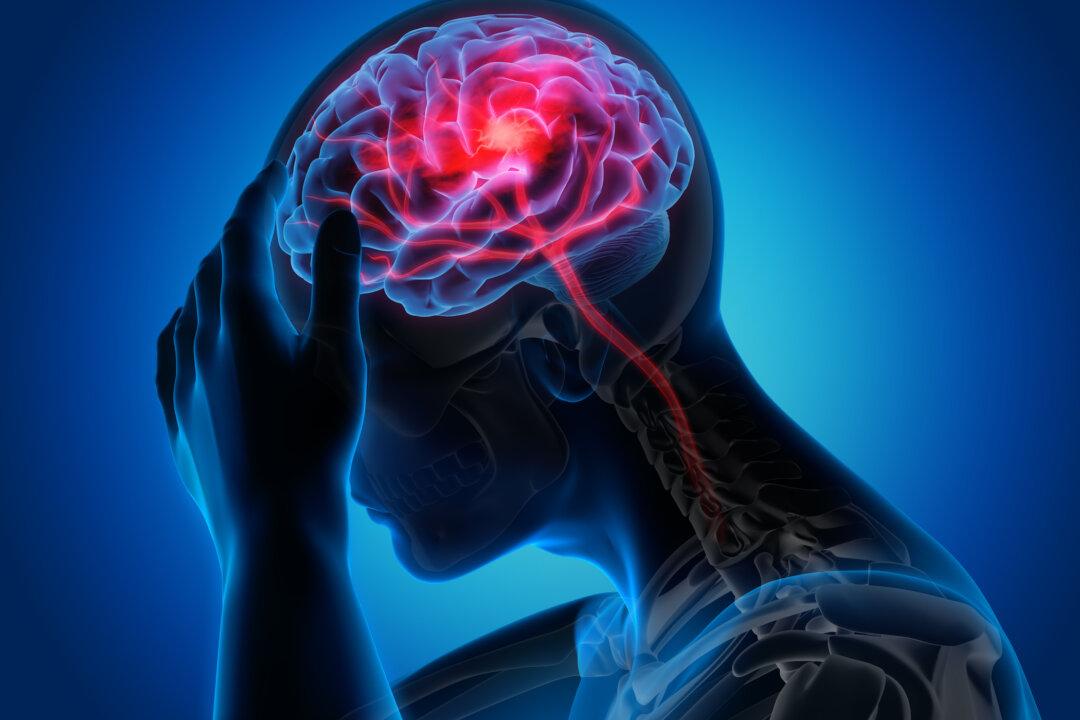Recently an unprecedented study was conducted in the UK; a COVID-19 “Human Challenge Trial.” In it, 36 unvaccinated young adults were recruited to be injected with the coronavirus SARS-CoV-2 through the nose. Two adults who already tested antibody positive at the baseline indicating their prior infection, were excluded from the final data analysis.
While the ethics of this study are undoubtedly questionable, the results were even more surprising. None of these people got seriously sick, and, more importantly, only half of these people exposed to the virus were infected.





